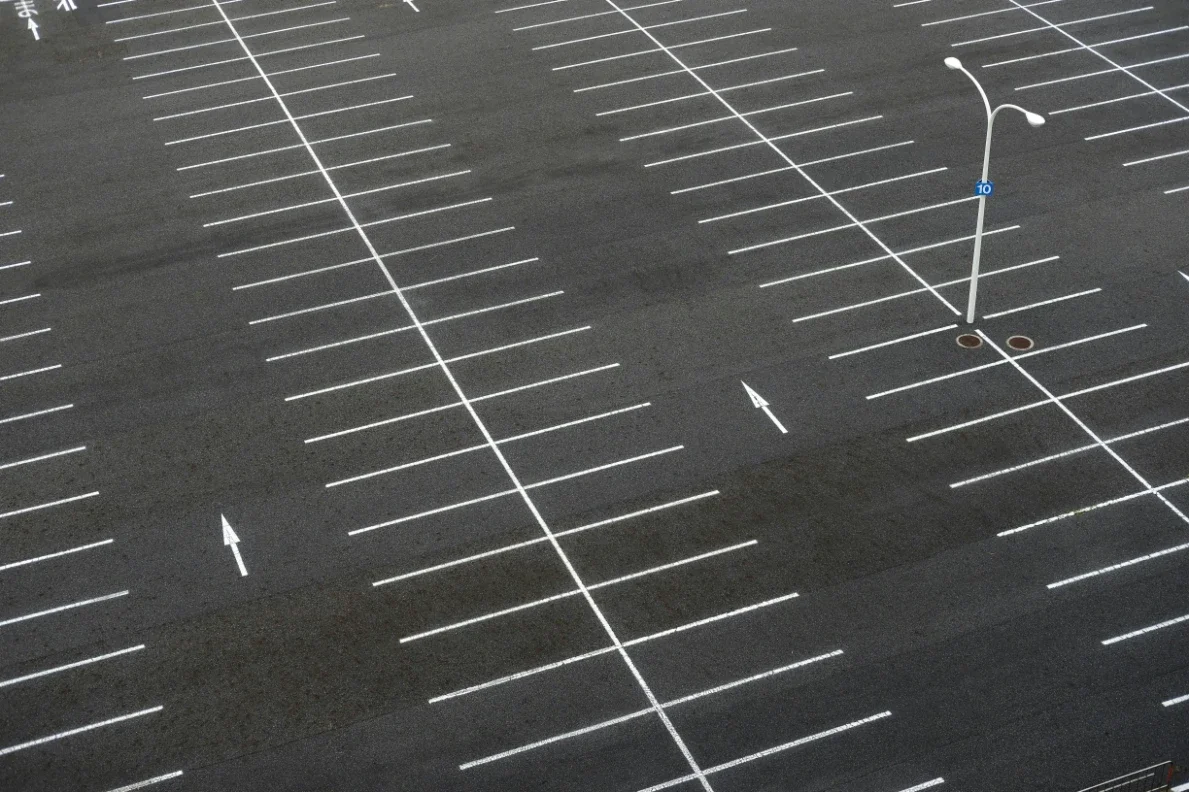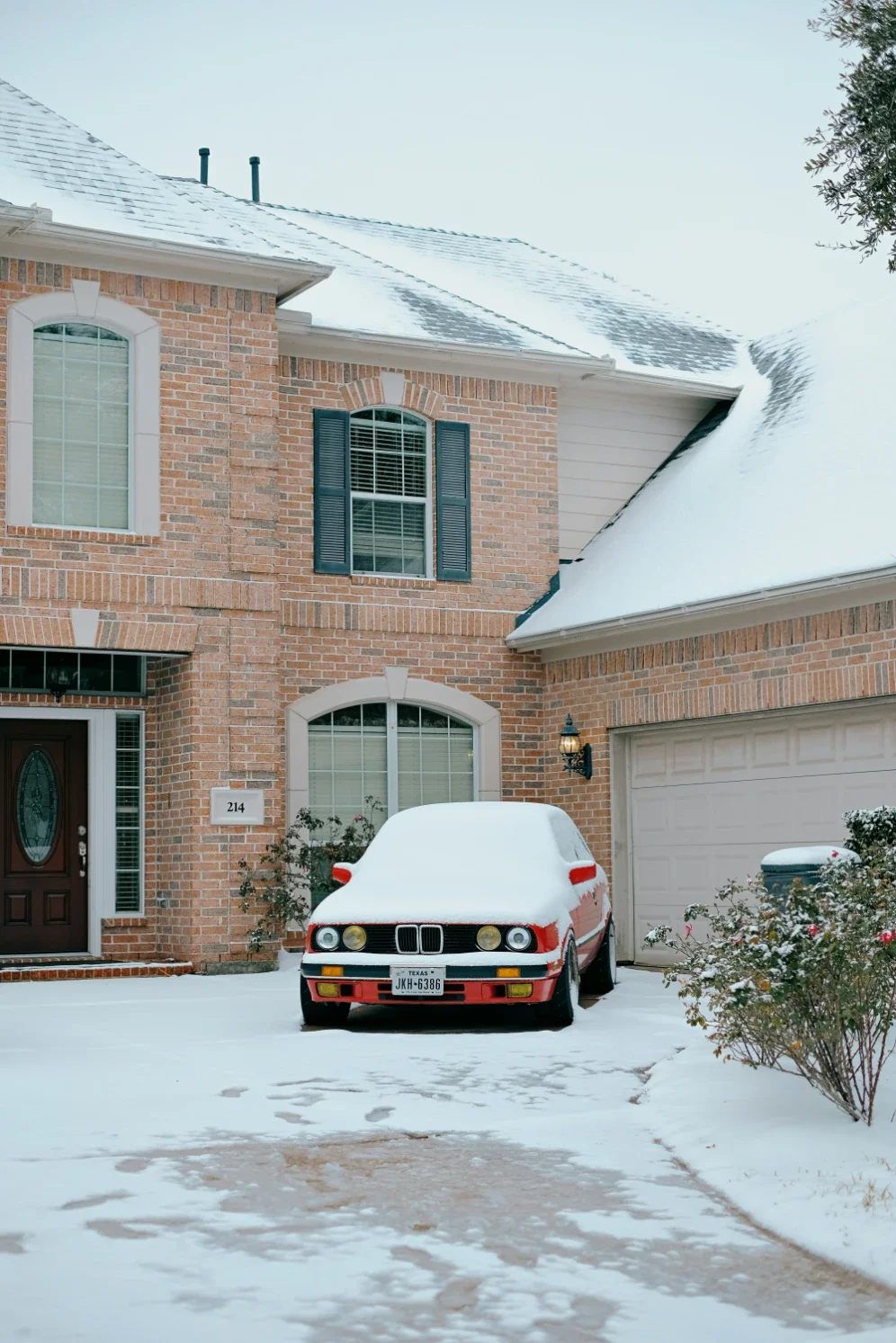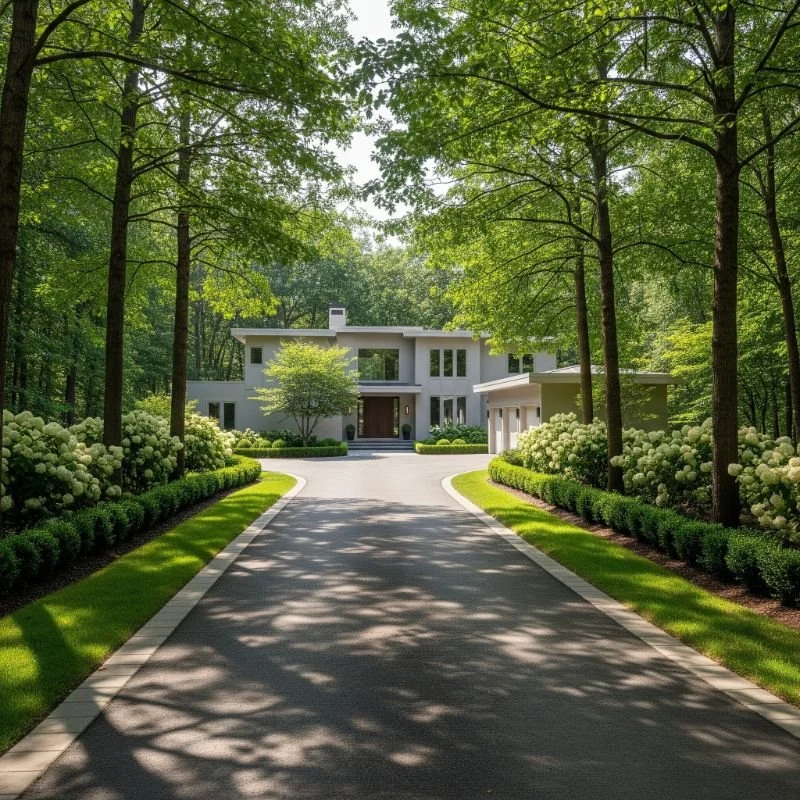Designing Safer, Smarter Spaces: How Thermoplastic Line Markings Are Shaping Modern Outdoor Environments
Explore how thermoplastic line markings enhance safety, visibility, and design in modern outdoor environments, from roads to recreational spaces.
Modern outdoor spaces are evolving rapidly. From urban plazas to residential developments, designers and planners are rethinking how surfaces guide people, enhance safety, and contribute to a cleaner visual aesthetic. Among the unsung heroes of this transformation are thermoplastic line markings, durable, heat-applied materials that combine functionality with design precision.
A New Era of Functional Design
Thermoplastic markings were once reserved for roads and car parks, but they’re now finding their way into architectural and landscaping projects. Architects and developers appreciate how these materials merge practicality with aesthetics. They allow designers to define walkways, highlight accessibility zones, and create visual order all while maintaining the harmony of the overall environment.
Unlike paint, thermoplastic materials are long-lasting, skid-resistant, and reflective, making them ideal for high-traffic areas that demand both beauty and safety. From playgrounds and cycle lanes to courtyards and community spaces, the combination of performance and design flexibility makes them an increasingly popular choice.
Sustainability and Smart Urban Design
As sustainability takes center stage in modern architecture, more attention is being paid to materials that extend lifecycle and reduce maintenance costs. Thermoplastic markings support this trend through their exceptional durability resisting wear, fading, and weather damage for years at a time. This longevity reduces the need for frequent replacements, lowering both material waste and carbon footprint.
Additionally, many new formulations use eco-friendly binders and pigments that minimize environmental impact while maintaining bright visibility, a win for both safety and sustainability.
Integrating Markings Into Aesthetic Landscapes
One of the most appealing aspects for architects and landscape designers is the creative freedom these materials offer. Beyond standard lines and symbols, thermoplastic markings can be customized to complement paving textures, color palettes, or even brand identities.
They’re increasingly used in housing developments, schools, and outdoor leisure areas to subtly direct movement or highlight shared-use zones without breaking the visual flow of a project.
For those looking to explore design-ready options, high-quality preformed thermoplastic symbols and line markings are available in various patterns and colours suited for modern urban and residential environments.
Why Designers Are Taking Notice
The move toward people-centric outdoor design relies on subtle cues and line markings play a surprisingly powerful role. They provide structure and clarity, but when used creatively, they also enhance the user experience. Whether it’s improving pedestrian safety or defining play and seating zones in a courtyard, thermoplastic markings offer a practical design language that complements contemporary architecture.
Final thoughts:
As cities and communities prioritise safety, sustainability, and visual harmony, materials that serve multiple purposes like thermoplastic line markings are becoming integral to modern design. They may not be the first element noticed in a project, but they’re often the ones ensuring everything works seamlessly together.







